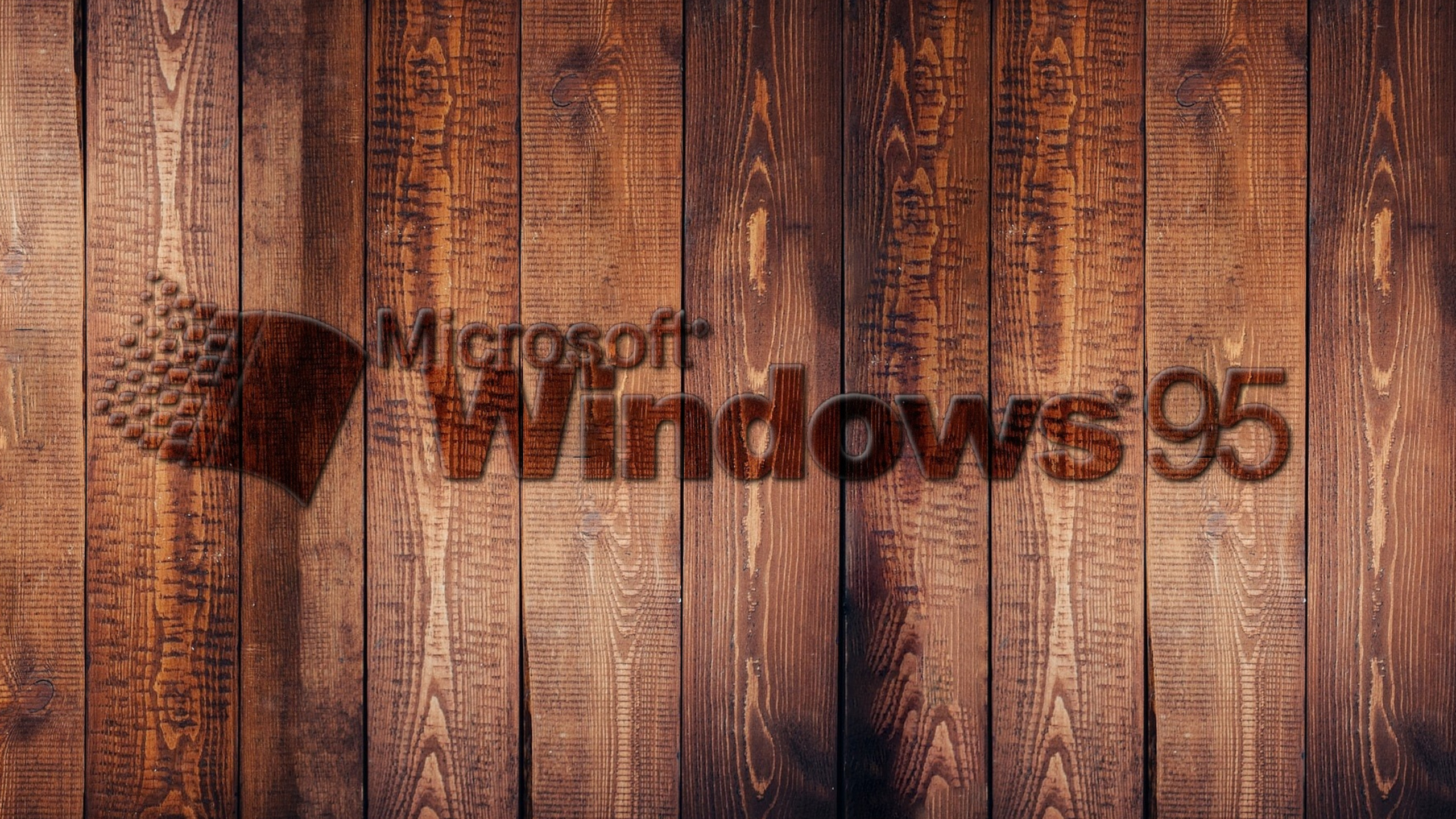UPDATE: Windows 95 is proving its resilience as it celebrates its 30th anniversary on August 24, 2025. Surprisingly, this decades-old operating system is still in active service at a farm near Düsseldorf, Germany, where it plays a crucial role in sorting up to 40,000 eggs daily.
The egg sorting machine, running on Windows 95, measures an impressive 40 by 40 meters (approximately 131 by 131 feet) and efficiently categorizes eggs by size, weight, and origin. Farmer Peter Huber expressed his astonishment at the longevity of the software: “Windows 95 has been running smoothly ever since this thing was installed here. If something hangs somewhere, I just reboot. And then it boots up again on its own. It runs more smoothly than newer programs.”
This unique situation sheds light on the challenges of modernizing agricultural technology. The Windows 95 system is primarily responsible for recording sorting results, which are printed by an equally outdated Brother printer. Huber faces a dilemma: if that printer fails, he will need to find another antique that still operates with Windows 95.
The irony lies in the fact that even if Huber wished to upgrade to newer software, he would face a significant roadblock— the original programmer is unreachable, making updates or patches impossible. Should the system crash entirely, Huber would revert to manual record-keeping, a cumbersome process he hopes to avoid.
Despite the allure of modern machines, Huber has no plans to replace his trusty egg sorting system. He noted, “A new machine costs as much as a house and doesn’t actually do much more than the existing machine.” This sentiment highlights the unexpected relevance of an operating system that many consider obsolete.
As Windows 95 marks three decades, its unexpected role on Huber’s farm demonstrates the ongoing impact of legacy technology in today’s world. Many industries still rely on systems that, while outdated, perform their tasks reliably without the need for constant updates.
Stay tuned for further updates on how Windows 95 continues to influence various sectors, including air traffic control and corporate IT. This remarkable story reminds us that sometimes, old technology can still deliver results in an ever-evolving landscape.
